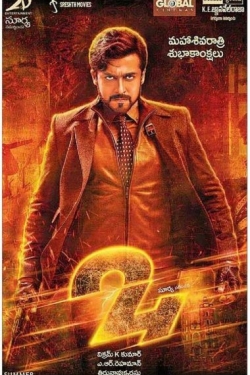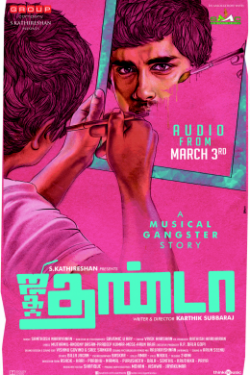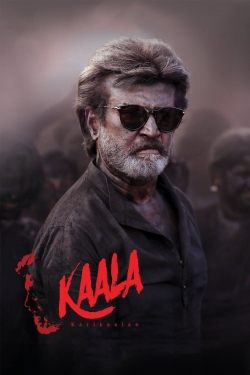Top Rated Films
M Suganth's Film Reviews
-
Visually, Ra is very well done (R Saravanan’s camera work is striking) and there are moments that are quite inspired.
-
In some ways, Naaigal Jaakirathai feels like a new-age Rama Narayanan film — a pet helping the hero to overcome the villains is a trope that the director has used many times — but Shakti Soundar Rajan dials down on the camp and gives us a film that is more of an investigative thriller in which the dog plays a central role.
-
There is hardly any conflict and the chaos, the drama and the thrills that one expects in an end-of-a-community scenario are largely absent. What we get instead are predictable resolutions to familiar conflicts — the rivals realize peace between them can help the village, the lovers find the courage to break free of social constraints and get together, the miser learns that there is more to life than money, and so on.
-
The problem with the film is that it tells a predictable story and in a rather longwinded manner. The antagonists are also sketchily drawn and so, Abhimanyu doesn’t face any stiff challenge — everyone except this handful of individuals becomes his supporters. The comedy track involving Brahmanandam and Mayilsamy is plain unfunny (Jai Hind had Goundamani and Senthil in their prime). But the biggest problem is the lack of nativity. Given that the film was made in three languages (Tamil, Telugu and Kannada), the lip-sync often goes awry, and so, we remain distant observers for most of the time.
-
Poojai is quite lengthy. Much of the fluff is songs and comedy sequences, which, if removed, could easily have reduced the running time by at least 30 minutes but Hari is not after a thriller but a masala movie. And Poojai is commercial masala done well. There is action (punchy), sentiment (effective but not affecting), humour (silly but funny once in a while), romance (ludicrous and strictly functional), and the director manages to keep things ticking —the action is often relentless, and the nondescript songs and the comedy scenes (Soori and Pandi doing a pale imitation of Goundamani and Senthil) are breathers for us.
-
…unlike Thuppakki, the previous Murugadoss-Vijay effort, Kaththi is overlong, over-the-top, over-familiar, and overtly preachy.
-
Unfortunately for us, the second only makes the first seem better despite the actual plot kicking in only here. We have to put up with amateurishly written prison sequences, an unimaginative way to bring the heroine into the plot (you keep wondering why it has to be her and not someone better qualified, like her dad’s cop friend Anwar, who has to go to Basilistan to save Chandru), mood-killing songs, and stunts filled with cliches (a bald man gets hammered on his head with a bottle, and he dies by striking his head against a hook, a Bourne-inspired sequence where the hero has to save the heroine from the villain’s henchmen through cobbled alleyways, and the most cliched of cliches — a villain who is the worst shot ever).
-
The film also gives the feeling that it should have been edited tightly, not on the editing table but during the writing. It feels a bit lengthy and too much time is spent on the romantic track (which happens over a pilgrimage), and despite some imaginative picturisation, the songs aren’t integrated well into the script. There are also unnecessary attempts at comedy, and it is during these instances that we look back fondly at Arima Nambi, which smartly avoided such audience-pleasing elements.
-
…we very much know where the story is heading. And, that is Amara Kaaviyam’s biggest trouble — the audience knows what to expect.
-
When a film announces loud and clear all that it wants to do is be in service of its hero, and make him as larger than life as possible, we accept it and all that we expect from it is to entertain us. But when it takes almost three hours to narrate its all-too familiar story with easily predictable twists and underwritten characters in a non-engaging fashion, it becomes a painful watch. And, Anjaan is just that.
























